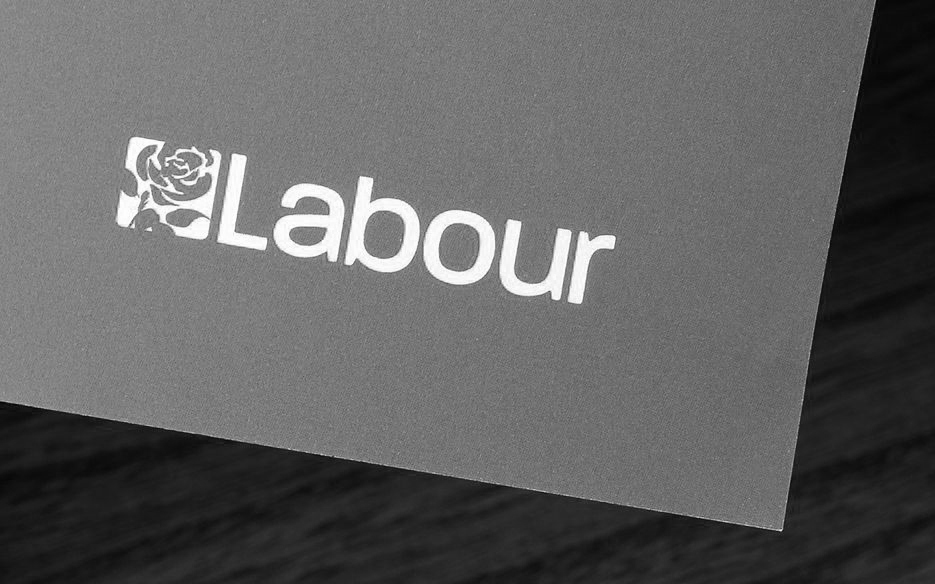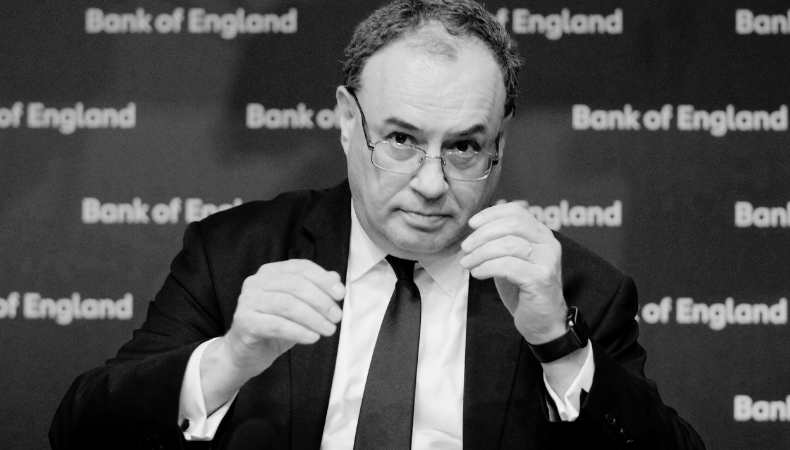Home sales will “jump” at the beginning of next year as people try to buy before the rise in stamp duty, one of the UK’s biggest lenders has predicted.
From March 2025, changes introduced in Wednesday’s Budget mean many will pay the tax when they would not have done previously.
Nationwide said this would affect one fifth of first-time buyers.
However, the impact of these changes is not expected to be as big as previous ones because high interest rates are still putting off buyers.

“Affordability is also still relatively stretched at present as a result of the higher interest rate environment, which is acting to dampen housing market activity more generally,” said chief economist Robert Gardner.
He added that the changes, which only apply to England and Northern Ireland, had been expected, meaning they will likely have less effect than changes in 2020 and 2016.
He predicted that the boost to activity will be followed by a slump over the next six months, based on what happened after previous stamp duty changes.
Nationwide also said the impact would be less in areas where house prices are cheaper, such as Northern Ireland and northern England, and more where homes are pricier, such as London and south-east England.
At the moment, buyers of homes worth less than £250,000 don’t pay stamp duty. This was doubled from £125,000 under Liz Truss’s mini-Budget in September 2022.
The threshold is £425,000 for those buying their first property. This was raised from £300,000 as part of the mini-Budget.
These higher thresholds will end in March 2025, when they will revert to previous levels.
Verona Frankish, chief executive of online estate agent Yopa, said the changes “will certainly light a fire under those buyers currently progressing through the transaction process, or considering a purchase this side of Christmas”.
However, she added that any drop in mortgage rates next year would have a much bigger impact.
Meanwhile, changes to stamp duty for buy-to-let landlords and second-home buyers announced in the Budget came into effect on Thursday, with the additional tax they face rising from 3% to 5%.
Some have predicted this will lead to a drop in landlords buying properties to rent out.
The average price of a UK home hit £265,738 in October, according to the latest Nationwide data.
House prices remain lower than their high in 2022, but they have been slowly rising over the last year as interest rates have fallen and buyers have returned to the market.
Source: BBC







